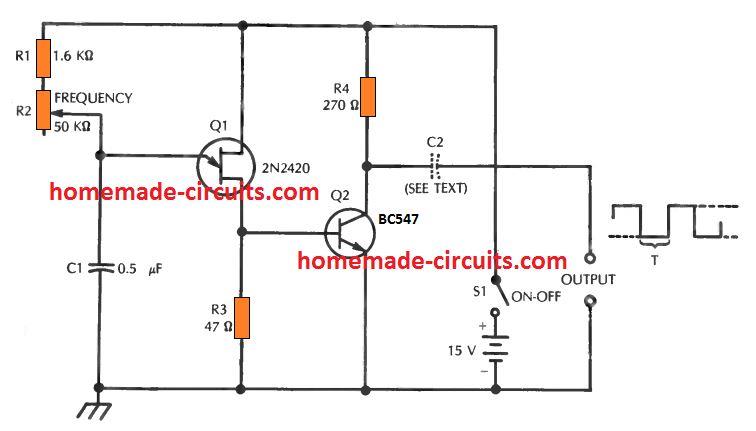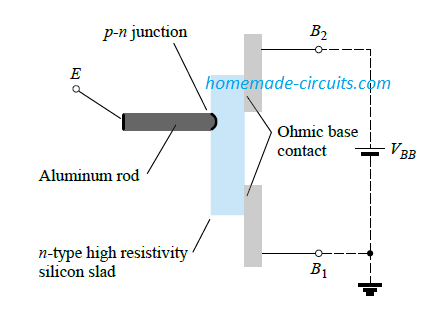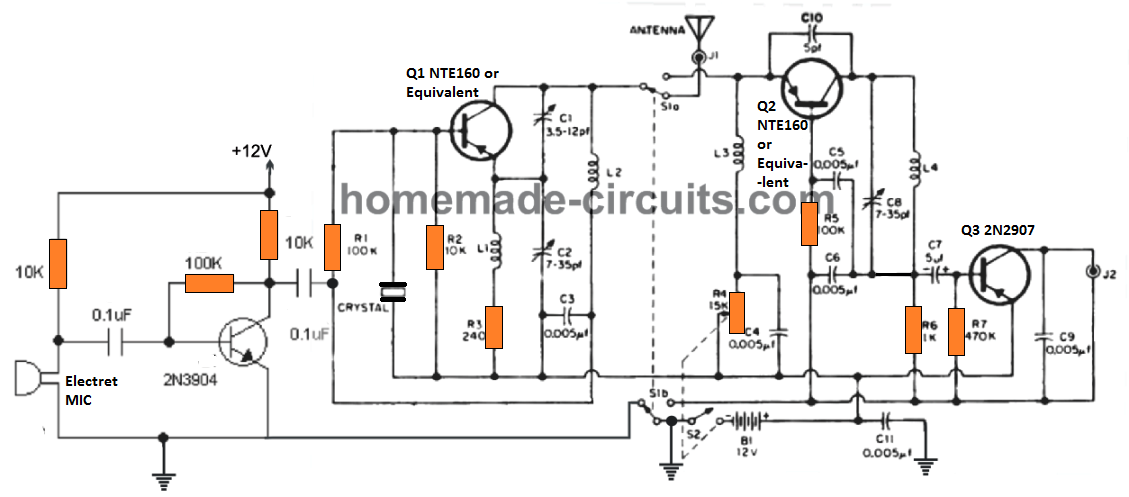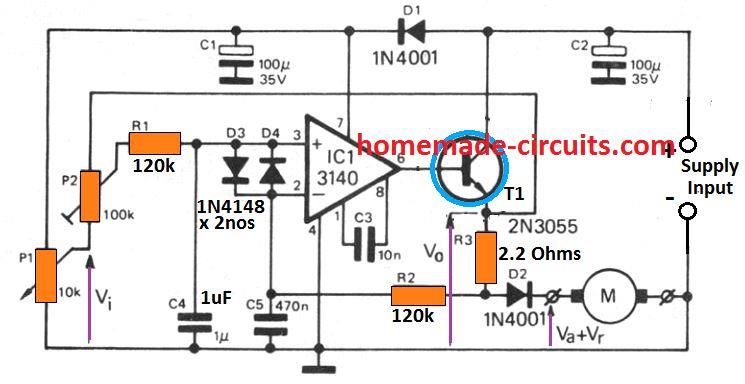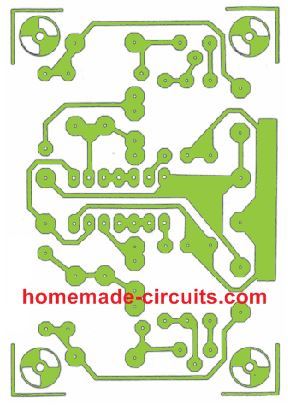In the earlier post I have explained comprehensively about how a unijunction transistor works, in this post I will elucidate a few interesting application circuits using this amazing device called UJT. The example application circuits using UJT which are explained in the article are: 1) Square Wave Pulse Generator The first design below demonstrates a […]
New Circuit Projects
PIR Burglar Alarm Circuit
The PIR burglar alarm explained here will detect a human intruder within the stipulated range and sound an alarm. Thus, the system could be effectively use for detecting trespassing, theft, intrusion, burglars, or any form of unlawful entry inside a restricted area or zone. Basic Principle The operating principle of the proposed burglar alarm circuit […]
Unijunction Transistor (UJT) – Comprehensive Tutorial
A unijunction transistor is a 3 terminal semiconductor device which is unlike a BJT has only a single pn junction. It is basically designed to be used as a single-stage oscillator circuit for generating pulsed signals suitable for digital-circuit applications. UJT Relaxation Oscillator Circuit The unijunction transistor could be typically wired in the form of […]
Mini Transceiver Circuit
A transceiver is a wireless communication device which has its own transmitter and receiver units built-in for communicating with another similar device at some distant location. The user on both sides with the unit has to switch from transmitter to receiver and vice versa while speaking and hearing to each others conversation respectively. Introduction In […]
Constant Torque Motor Speed Controller Circuit
In this post I have explained a DC Motor controller which features a constant torque compensation for enabling the motor to run at a consistent speed irrespective of the load on it. Drawback of Ordinary Speed Controllers One drawback of the majority of simple speed controllers is they only provide the motor with a predetermined […]
Simple Ni-Cd Battery Charger Circuits Explored
In this post I have explained many simple NiCd charger circuits with an automatic overcharge protection and a constant current charging. When it comes to correctly charging a Nickel-Cadmium cell, it is strictly recommended that the charging process is halted or cut off as soon as it reaches the full charge level. Not following this […]
